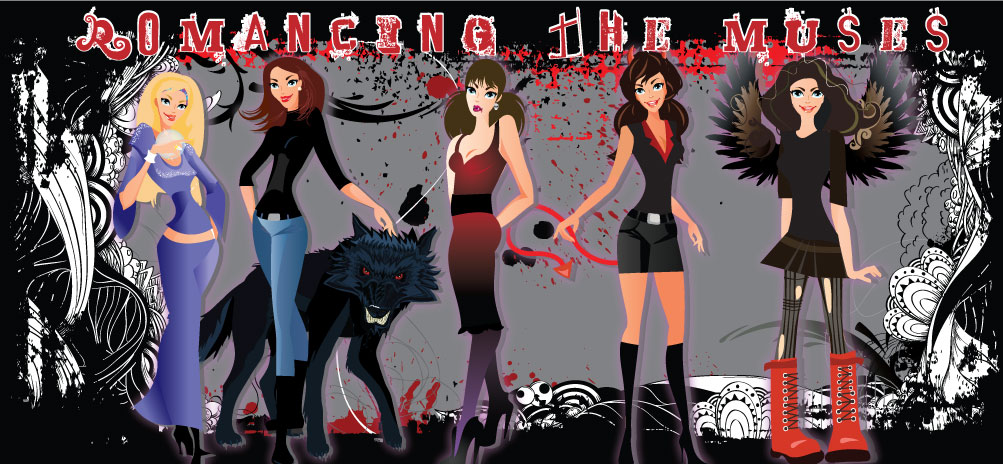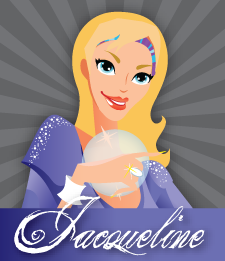Actually writing your manuscript is only part of a longer battle, but then again, that’s old news. You have, among other things, drafts, revisions, betas, crit partner edits…and then, if you’re accepted at a pub, there’s the three to seven rounds of additional edits, line edits, galleys, cover art…and that’s all before you even have a product to pimp.
But before you get ahead of yourself, you have to get to know your characters. They are the ones telling the story, after all. We see everything they see and our opinions are often shaped by their bias. So we get to know them. Seems easy enough, right? As the architect, you should be on first name basis with your creation.
You also should have a good grasp on when to disclose certain pieces of information. Once you have a back story established for your title characters, it can be very tempting to unleash it in a tidal wave of information on unsuspecting readers. As with any person, character actions, motivations, reactions, and thoughts are almost always—at least in part—based on the experience given before the events of the novel commence. Even still, there should be a pace to what is revealed, when it’s revealed, and how. To make your reader connect with a character—when necessary—it’s always better to show them responding to present situations by drawing upon their past.
Slowly revealing a character by revealing their past enables readers to see them as more than names on a page. If done well, the result will be someone who feels real enough to be in the room with you—someone you can picture without hesitation.
Monday, March 7, 2011
Subscribe to:
Post Comments (Atom)










1 comments:
Ooooh, I'm trying REALLY hard to walk that line between too much and just enough. It's not easy!
Post a Comment